Introduction
No term or definition is developed in a vacuum nor is it ever entirely new. It can come about in response to a technology or practice that itself has evolved from other technologies and practices. In this way, no term, no matter how new, is ever really separated from the work that has come before it.
Much of the baggage that a relatively familiar and ubiquitous term like multimedia carries with it is not because the name of the term or its definition no longer apply, but because it has a long history of referring to technologies and practices (audio-visual devices, the CD-ROM, etc.) that have long since been overtaken by newer technologies and practices. So people go looking for new terms or adapt other terms to apply to newer practices and technologies. And yet sometimes a new term may be developed or applied in such a way that its break with history can be seen as problematic. This is the case with the term new media for some scholars quoted in this section.
Gunther Kress suggests that signs, though newly made, carry with them various levels of proximity to the signs that have preceded them. He suggests that it is important to reflect on the practice of naming by asking if the history of a term is worth challenging, or if there are things about existing terms worth carrying over.
Jason Palmeri discusses the usefulness of terms like multimodal and new media in how such terms help us better understand and talk about what was happening during previous periods in the history of our field.
Jonathan Alexander and Cynthia Selfe discuss the pitfalls of the new in new media as something that masks the fact that the composing practices and technologies it describes are not that far removed from what we’ve been doing already. Yet Gunther Kress would suggest that the inclusion of the new automatically suggests its history rather than masking it.
Finally, Scott DeWitt and Gunther Kress consider the historical context of multimedia in their discussions of its waning relevance to what we do today.
No term or definition is developed in a vacuum nor is it ever entirely new. It can come about in response to a technology or practice that itself has evolved from other technologies and practices. In this way, no term, no matter how new, is ever really separated from the work that has come before it.
Much of the baggage that a relatively familiar and ubiquitous term like multimedia carries with it is not because the name of the term or its definition no longer apply, but because it has a long history of referring to technologies and practices (audio-visual devices, the CD-ROM, etc.) that have long since been overtaken by newer technologies and practices. So people go looking for new terms or adapt other terms to apply to newer practices and technologies. And yet sometimes a new term may be developed or applied in such a way that its break with history can be seen as problematic. This is the case with the term new media for some scholars quoted in this section.
Gunther Kress suggests that signs, though newly made, carry with them various levels of proximity to the signs that have preceded them. He suggests that it is important to reflect on the practice of naming by asking if the history of a term is worth challenging, or if there are things about existing terms worth carrying over.
Jason Palmeri discusses the usefulness of terms like multimodal and new media in how such terms help us better understand and talk about what was happening during previous periods in the history of our field.
Jonathan Alexander and Cynthia Selfe discuss the pitfalls of the new in new media as something that masks the fact that the composing practices and technologies it describes are not that far removed from what we’ve been doing already. Yet Gunther Kress would suggest that the inclusion of the new automatically suggests its history rather than masking it.
Finally, Scott DeWitt and Gunther Kress consider the historical context of multimedia in their discussions of its waning relevance to what we do today.
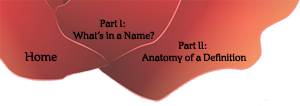
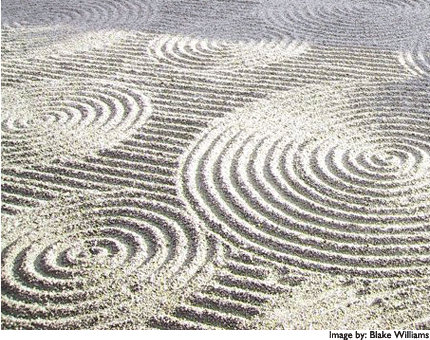 Proximity and history (2010)
Proximity and history (2010)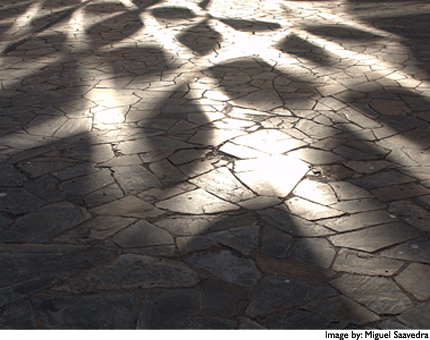 Reseeing the field's heritage (2008)
Reseeing the field's heritage (2008) Media have complex histories (2007)
Media have complex histories (2007) Endless succession of new media (2007)
Endless succession of new media (2007)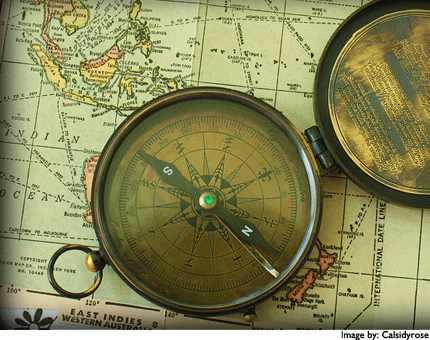 The new world (2010)
The new world (2010) Technologies remaking the field (2008)
Technologies remaking the field (2008)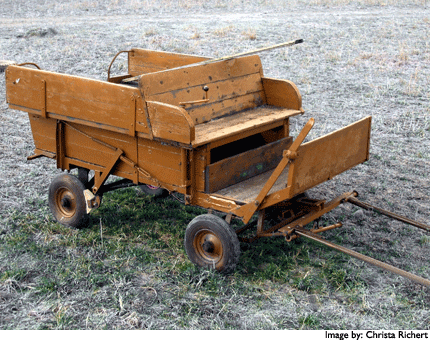 Horseless carriage of multimedia (2010)
Horseless carriage of multimedia (2010) Multimedia feels old (2007)
Multimedia feels old (2007)